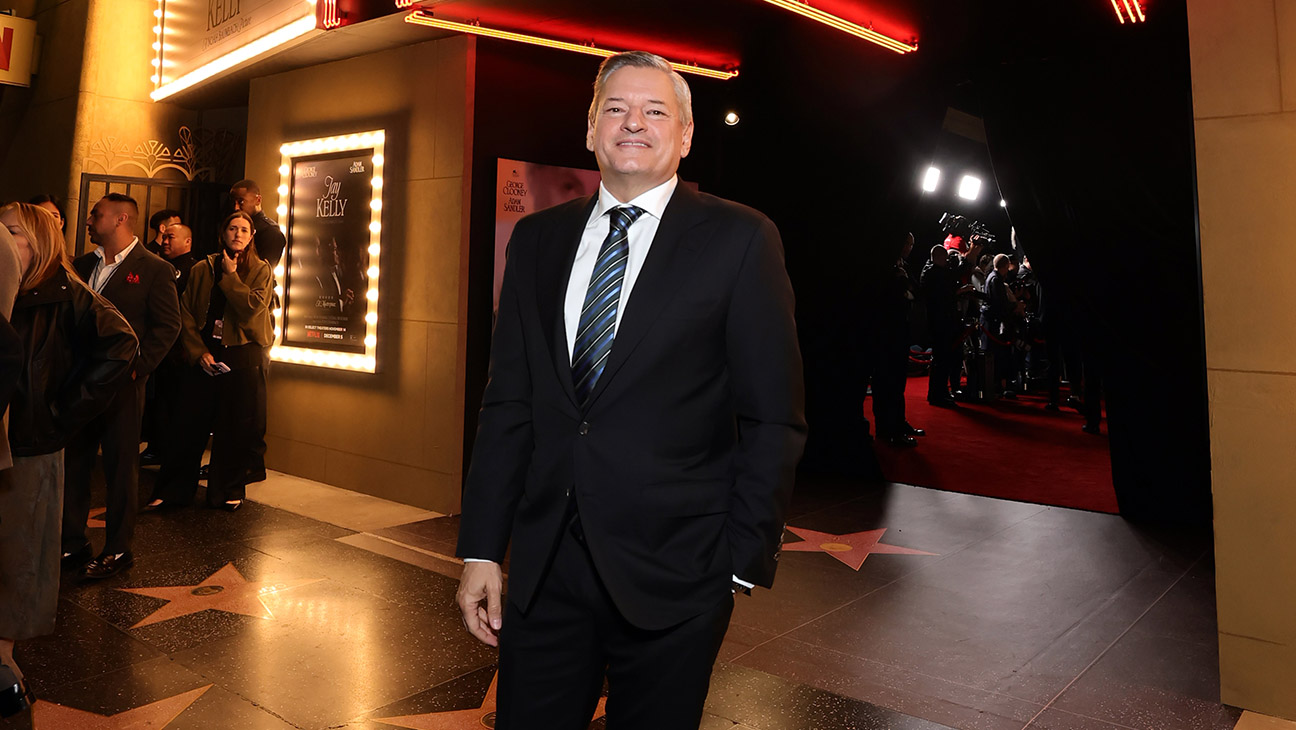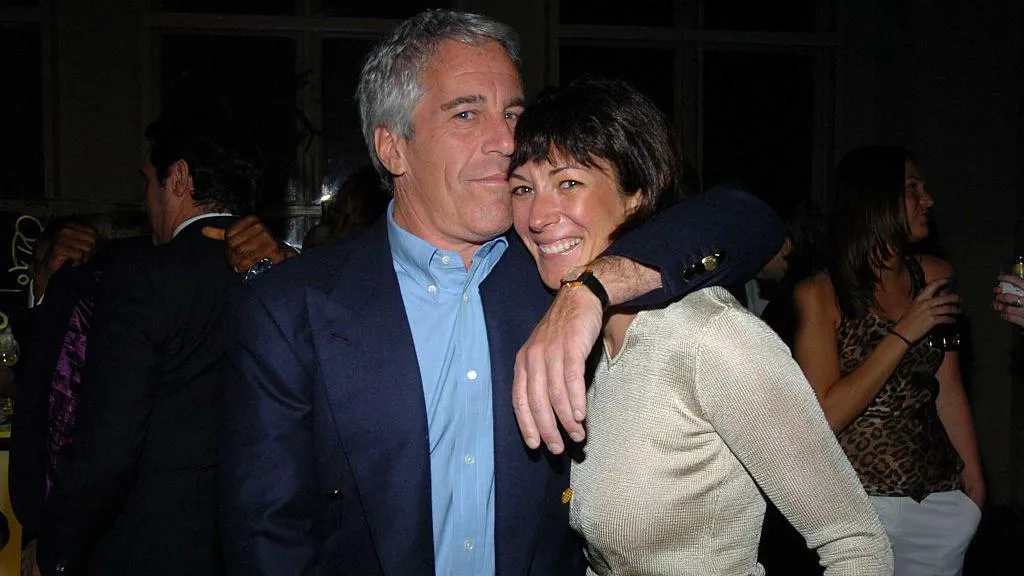
This article is more than
9 year old'Nina' Review: Controversial Biopic Is One Bum Note After Another
Nina Simone lived many lives in her 70 years on the planet, and for a filmmaker looking to dramatize the iconic singer-pianist’s story on screen, the potential entry points are almost endless. Considering the range of possibilities, and the continuing relevance of Simone’s music in an era of renewed racial tensions, “Nina’s” decision to frame her story through a “Sunset Blvd.”-style narrative is truly a head-scratcher. Focusing on Simone’s late-life relationship with a younger nurse-turned-manager provides a perilously shaky foundation f-rom which to consider her legacy, and that’s just the first of many major miscalculations made by writer-director Cynthia Mort’s long-gestating biopic, which meanders into theaters and VOD this month after years of pitched controversy. Interest in Simone will be evergreen as long as recorded music exists, but arriving just a year after Liz Garbus’ Oscar-nominated doc “What Happened, Miss Simone?,” superior competition and bad buzz should cast an indigo mood over the film’s reception.
Simone is played here by Zoe Saldana, and the implications of her casting have attracted no shortage of discussion. Foremost among these concerns is the not-at-all-simple matter of her appearance, as Saldana’s relatively light complexion and delicate features have been obscured here with dark brown makeup and a prosthetic nose — a disguise that allows her to no longer look like Zoe Saldana, without actually making her look remotely like Nina Simone.
Hollywood’s long history of whitewashing and colorism is very real, and in the case of Simone, particularly relevant. And the deeper one digs into the tenability of specific ethnic representation in casting — should light-skinned actors never play dark-skinned c-haracters? Should Chinese actors play Japanese? Can cisgender men play trans women? — the harder easy answers are to come by. But regardless of any knotty racial ramifications, the decision to so dramatically al-ter Saldana’s visage fails on a purely aesthetic level; her skin tone almost never looks natural, and her appearance here ranges f-rom slightly off to distractingly strange. Less politically explosive, but no less germane to the film’s central narrative, is the actress’s birthdate: Despite frequent flashbacks, most of “Nina” takes place in the mid-1990s, when Simone was in her 60s; Saldana was in her mid-30s when the film was shot, and she is hardly convincingly aged.
Having reached a career nadir as the film opens, Simone winds up placed on psychiatric hold in a Los Angeles hospital after drawing a pistol on a record-company exec. It’s here that she meets nurse Clifton Henderson (David Oyelowo), and after a single conversation with the taciturn orderly, she offers him $2000 per week to become her personal assistant and accompany her back to the South of France, the latest stop in Simone’s long self-exile f-rom the U.S.
Exactly how Clifton feels about upending his entire life on a whim to become a live-in gofer to a recently institutionalized woman in a foreign country seems to fall outside of the film’s interests, and within seconds he agrees. Arriving in France, Clifton finds himself abruptly thrust into a camp melodrama, as his employer guzzles champagne f-rom morning to night, chain-smokes, refuses food, and sometimes emerges f-rom her bedroom only long enough to rage at her new assistant. Though Simone is worshipped throughout Europe, her erratic behavior has alienated her longtime promoters (Ronald Guttman, Ken Davitian) and she’s forced to play modest venues while dodging phone calls f-rom a doctor who wants to discuss ominous test results.
Here the film falls into the trap of so many recent music biopics, which seek to correct for the rose-tinted hagiographies of yore by focusing heavily on famous subjects’ selfishness, addictions and flaws, and in doing so lose sight of why anyone would want to see their lives on screen in the first place. Simone was surely a difficult person, but she was also a sublime musical genius, and her worldview was undeniably shaped by years of cruel racism and an abusive marriage, the latter dispatched here with a single line of dialogue. In “Nina,” she risks coming across as a simple finicky diva: drunk, rude and prone to slashing loud-talking nightclub patrons with a cheese knife. Vignettes hit on some 1960s memories — conferring backstage with Ric-hard Pryor (Mike Epps), improvising “To Be Young, Gifted and Black” with Lorraine Hansberry (Ella Thomas) — but were it not for various supporting c-haracters asserting her vast sociopolitical importance, we would seem to merely be in the company of an unusually unemployable jazz singer.




